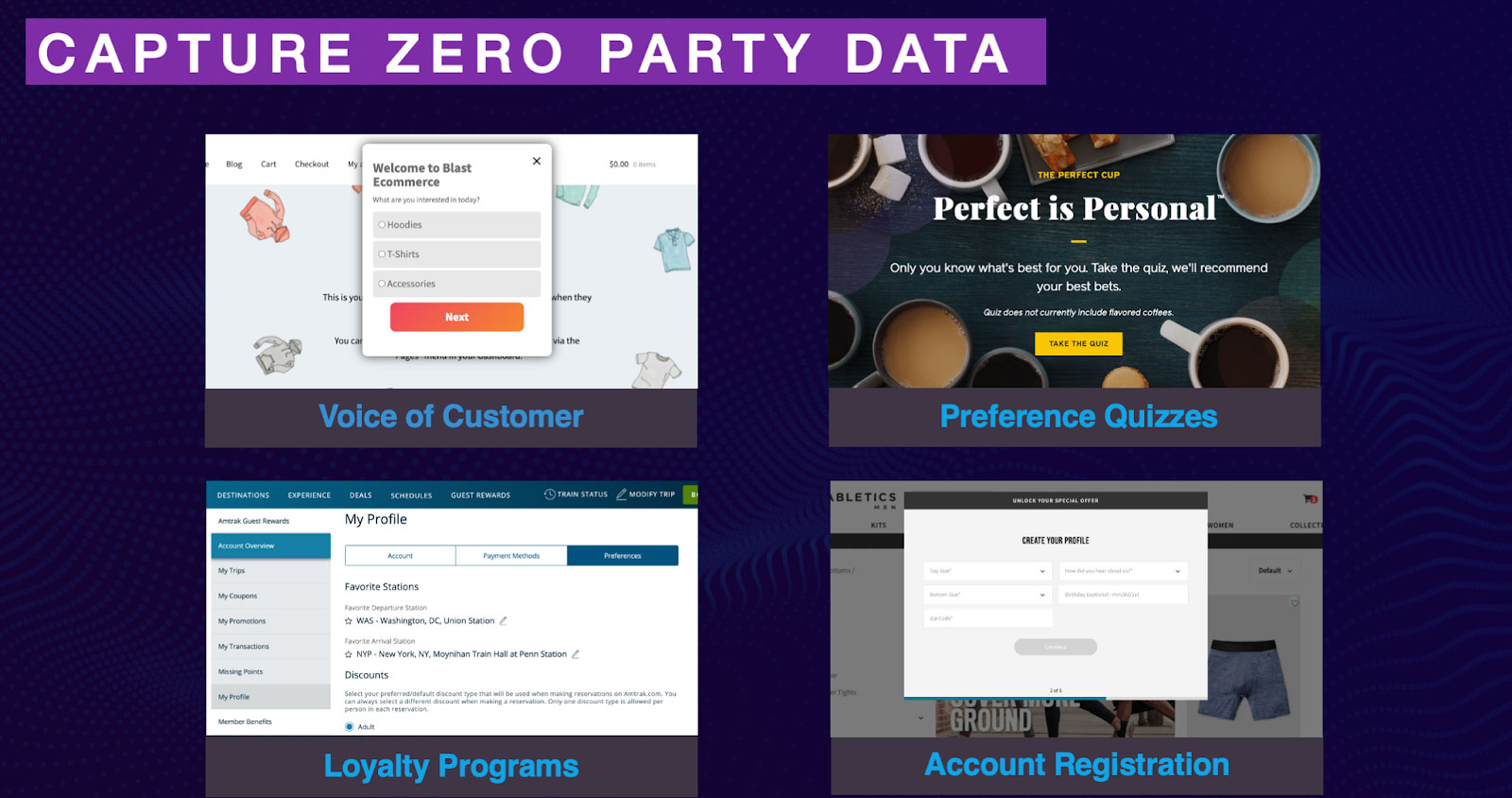Today, brands are competing heavily on their digital experience, and this will continue in 2022 and beyond. A core aspect of digital experience optimization is personalization and it’s a key player in building customer loyalty and maintaining the competitive advantage.
Over the past couple of years, brands have been fiercely competing based on the quality of their digital experience and we fully expect this to continue in 2022. Personalization is a core aspect of digital experience optimization – and a key player in building customer loyalty and maintaining your competitive advantage.
Therefore, personalization can’t be a “nice to have,” but instead treated as a “must have.” McKinsey’s Next in Personalization 2021 Report reaffirms this, highlighting that “71% of consumers expect companies to deliver personalized interactions. And 76% get frustrated when this doesn’t happen.”
“71% of consumers expect companies to deliver personalized interactions. And 76% get frustrated when this doesn’t happen.”
For brands that recognize the importance of and need for personalization, we’ve summarized a few trends to watch for that may impact how you conquer personalization this year:
1: Increased Need to Collaborate across Teams
Whether it’s because of the need to shift to first-party data-driven marketing or the increasing focus on product analytics, the one trend we see happening is the need for teams to collaborate in order to successfully execute personalization across the digital experience.
2: De-Siloed First-Party Data Across the Martech Stack
As customers expect brands to know them better, brands need to ensure they have the right technology in place in order to deliver on this expectation. A core technology in achieving a 360 view of the customer is the customer data platform (CDP), which can help you de-silo your first-party data.
3: Getting to Know Zero-Party Data
If de-siloed first-party data is the necessary foundation for digital experience optimization (DXO), zero-party data is what will take your personalization efforts to another level in 2022. Zero-party data is a powerful tool that helps close the empathy gap by giving customers the opportunity to tell brands what their interests and needs are.

4: The Privacy Experience Matters
As consumers become more aware of their digital footprint, they demand control over how and when their personal data is used. This privacy trend will continue to have an impact on every industry, from retail to healthcare, as consumers increasingly expect full transparency in return for granting permission.
Customers are in Control
Considering the trends above, there’s one thing that’s absolutely clear: the customers are in control in 2022. Whether it’s meeting their expectations through relevant marketing, the on-site and in-product experiences, or from a privacy perspective, brands that will lead the way will put the customer at the center of their digital experience optimization strategy.
Read about these trends in more detail here.
The post Digital Personalization Trends to Know for 2022 appeared first on Blast Analytics.

Source link


